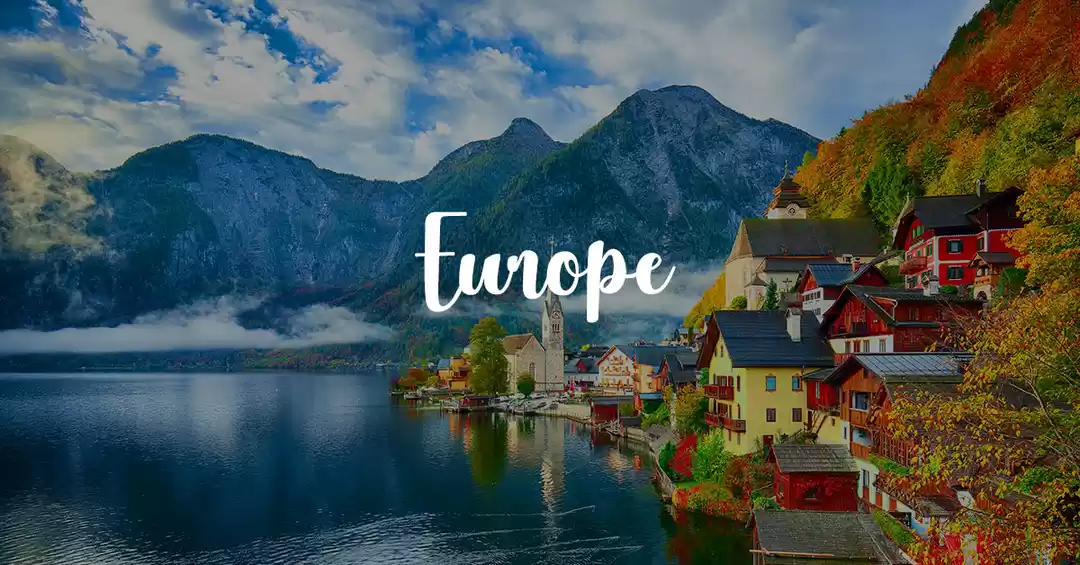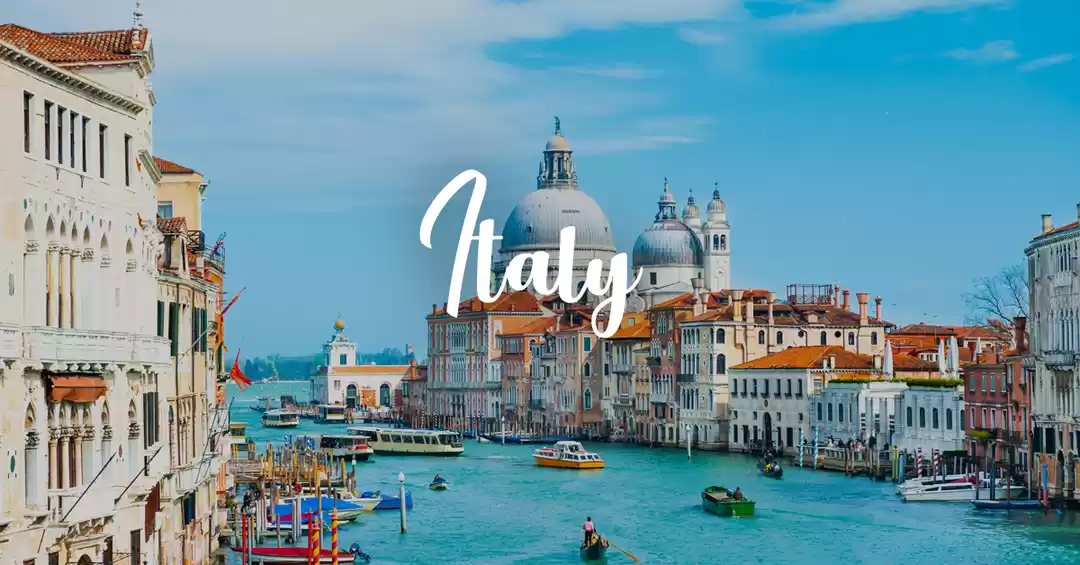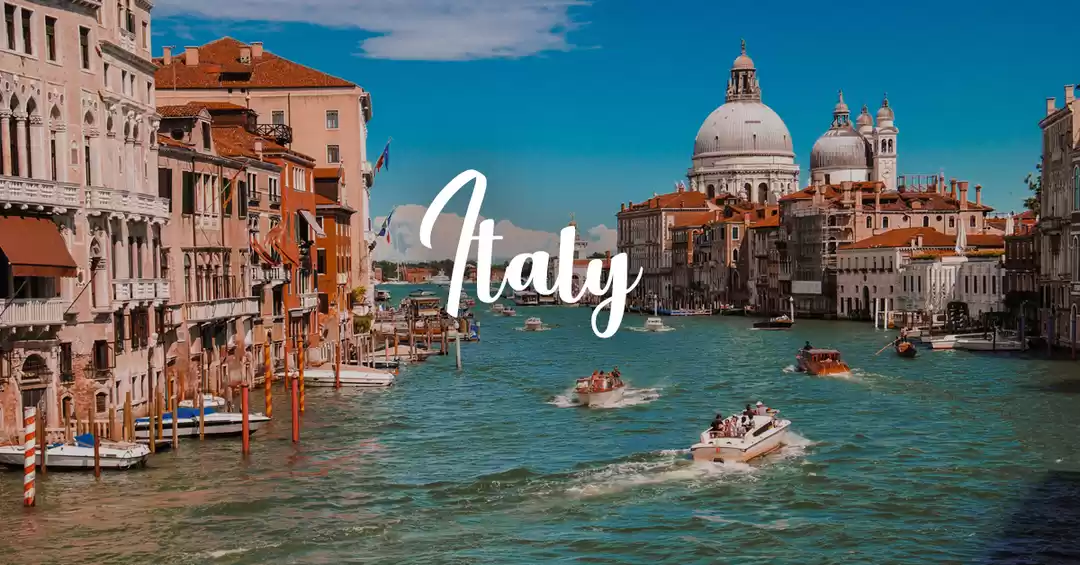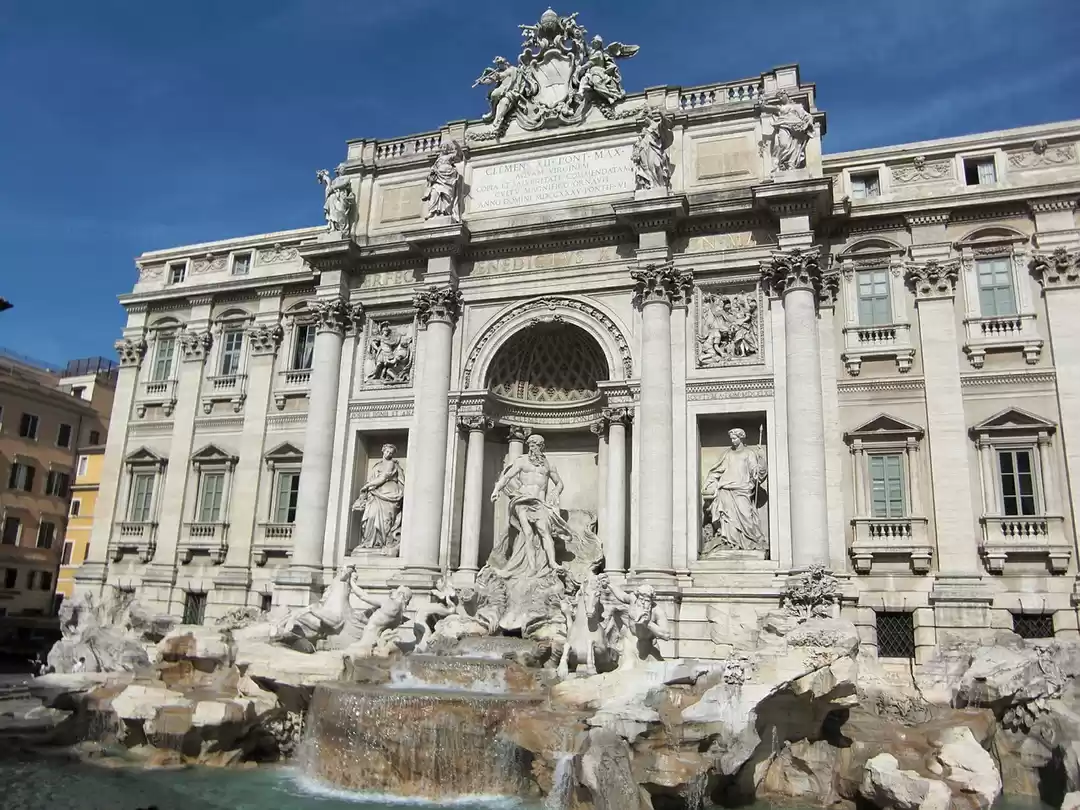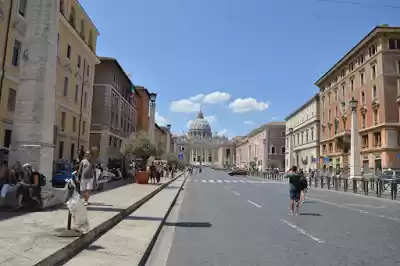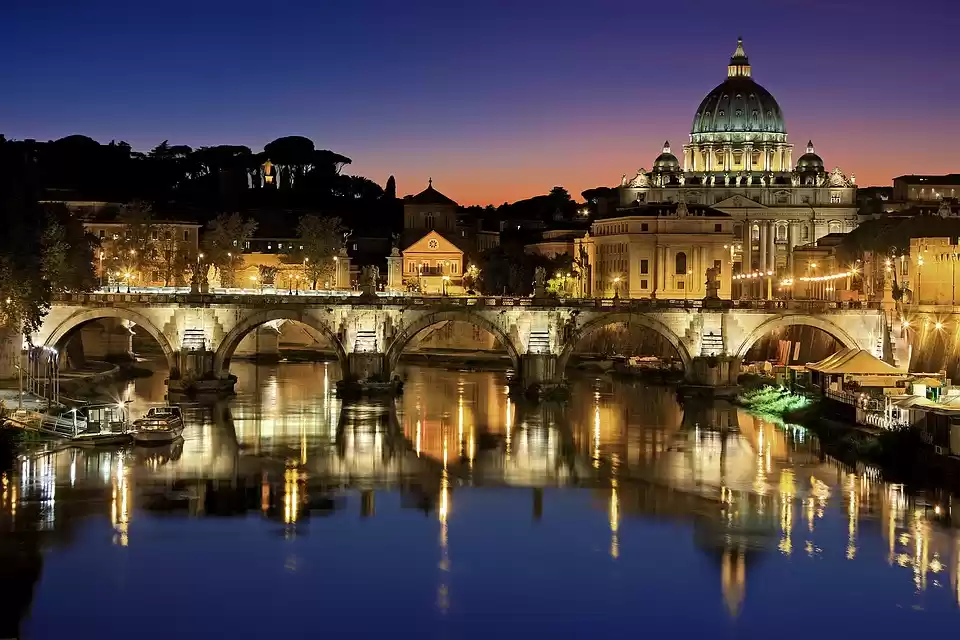

























Rome the land of seven hills, the birthplace of baroque art and "Caput Mundi" according to the locals is one of the eternally enchanting and endlessly inspiring historic cities in the whole world. Every year millions of tourists come from around the world to admire the vast treasures and masterpieces of Roman and Baroque art.
Classical Rome last about thousand of years from 500 BC to 500 AD, it grew for five hundred years, peaked for two hundred years and fell for three hundred years. The first rising half was the republic ruled by elective senators and the second half was the emperor ruled by unelected emperors after which Rome was destroyed. In roman days everyone was either roman or berberian, people who could speak latin or greek were considered civilised part of the empire, and the rest were considered berberian. This eternal city was founded by Romulus and Remus, twin brothers who were nursed by a she-wolf and fathered by a war god.
Collosseum,commonly known as 'Colloseo' in italian is the best examples of roman architectures and the iconic symbol of the imperial Rome. It was begun in 72AD when the emperor was nearing it's peak. Using roman pioneered concrete brick and their trademark round arches, romans constructed this gigantic structure which was way larger than the greek architectures in those days. Stepping inside one can almost hear the roar of ancient rome, fighting of gladiators with criminals and wild animals. Tourists often get mesmerised by the charismetic charm of the structure which is standing in one place for thousands of years, for example when i touched the collosseum and closed my eyes, i got a different feeling, as if i am listening to those roars of the ancient gladiators and wild animals. Following Via dei Fori Imperiali stands the Trajan's column that trumphet's the glory of emperor Trajan, which is a text book example of continuous narration like a 200 yard long scroll all the way to the top.
The city is literally overrun with great places to eat. The aroma of fresh italian cooking wafts through alleys of Rome. Most of the restaurents have outdoor seating arrangements and offer some exquiste mouthwatering mediterranean seafood dishes to taste. The food is typically simple, fresh and delicious. Specially the streets connecting Pantheon to Piazza Navonna not only offers some best italian cookings containing pizzas, pastas and antipasti's but also offers some magnificient architectural views of the city for example, Piazza della Rotonda contain several cafes which face the Pantheon and Piazza Navona is completely encircled by traditional italian restaurents which offer views of the historic 'bernini's fountain of four rivers'. Rome is one of those cities were a restaurent's house wine is usually excellent.
Walking under the sun, travellers often find a sign of relief after watching a hugh baroque architecture in the midst of the city. It's none other than the 'Fontain of Trevi'. Desgned by Nicola Salvi and finished by Pietro Bracci in 1762, it became the largest baroque fountain in the city and appeared in several notable films including Federico Fellini's 'La Dolce Vita'. It's a common belief among the italians that if you are unable to see everything in one trip, then just toss a coin in the fountain and you will be guaranteed another visit. Walking around the streets is one thing you cant miss while in Rome, who knows you might be lucky enough to watch some italian film director or a soccer player coming out of their red ferrari :)
Rome is a city that is best seen slowly, like a bottle of robust red wine. Allow yourself to relax beside the river tiber watching the changing colours of the crown of St. Peter's Basilica during the sunset and then walk on the very famous angels bridge of rome watching those angels blessing under the dim light of setting sky. For fashionfanatics, 'Via Veneto' has been considered for years to be the most expensive, hyperactive, elegent and famous streets of Rome. In 1960, it used to be the most elegant avenue of the capital, and the tables on the streets became a Mecca for actors and Paparazzi. After the lost of its splendour over the last decade, nowadays it is undergoing a new youth for the most famous brands that have been opened here. For artlovers, Piazza Berberini just nearby offers a great view of 'Fontana del Tritone'.
Walking the streets of Rome during the night is an experience one should not miss. In the midst of the chaotic and busy streets you can often find street musicians playing violins. You can fly in immagination with their rhythms. Whenever i remind of Rome, the soothing tune of La Dolce Vita comes to my mind. Allow yourself to plunge into the roman dishes with local wine while listening to several of those classics. After dining you can also find several painters painting live potraits everyday beside Piazza Navona. The historical pasts of roman ruins, ghosts of the collosseum, old romantic streets behind Piazza Navona and illuminated Castle Sant'angello are enough to haunt all the ancient art lovers and transcend them thousands of years back.





